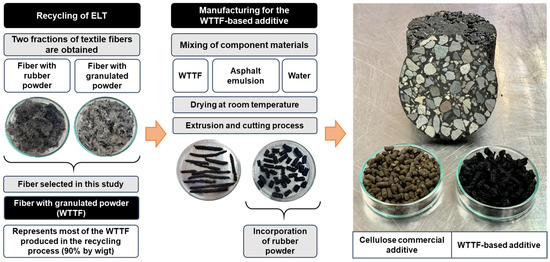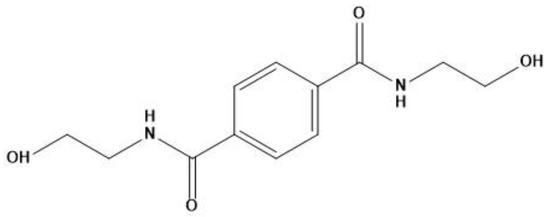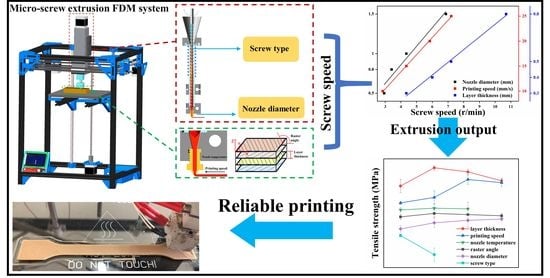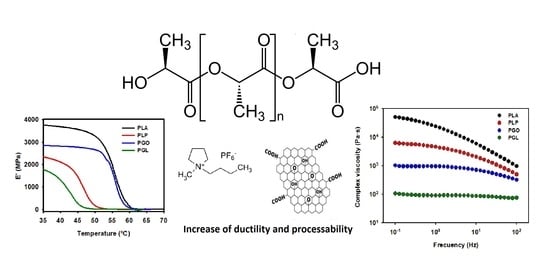Biopolymers and Biopolymer Based Composites: Processing, Properties, Durability (Closed)
A topical collection in Polymers (ISSN 2073-4360). This collection belongs to the section "Polymer Processing and Engineering".
Viewed by 10112Editors
Interests: polymeric materials; nanocomposites; green composites; polymer blends; polymer engineering
Special Issues, Collections and Topics in MDPI journals
Interests: synthesis; modification; characterization of graphene and its derivatives; nanocellulose and nanostructured hybrids; preparation of multifunctional nanocomposites and bionanocomposites using conventional and advanced techniques; development of porous materials (biopolymeric functionally graded scaffolds, aerogels) for advanced applications; biolaminates; interphase study and modellization
Special Issues, Collections and Topics in MDPI journals
Topical Collection Information
Dear Colleagues,
This is to present a collection of papers regarding processing, properties, durability of biopolymers including microcomposites, nanocomposites, and blends.
There is a growing interest toward the development and applications of polymeric materials, derived from oil or from natural resources, which display specific characteristics such as biodegradability, compostability, and biocompatibility. It has been demonstrated that such polymers may be used as valid and more environmentally friendly alternatives of “traditional” polymers, with new uses reported daily.
As well as other polymeric systems, adding a second phase, rigid or flexible, may improve some specific properties (e.g., mechanical properties in the case of rigid fillers) or provide the material with new ones (e.g., by adding functional additives).
The aim of this collection is to explore the often unknown relationships between processing variables, the macro–micro–nanomorphology of the materials prepared, and their final properties.
The durability of biopolymers is one of the weak spots of these materials. Therefore, contributions dealing with this aspect, including thermomechanical, environmental, photooxidative degradation, and the related stabilization strategies are more than welcome.
Prof. Dr. Roberto ScaffaroDr. Andrea Maio
Guest Editors
Manuscript Submission Information
Manuscripts should be submitted online at www.mdpi.com by registering and logging in to this website. Once you are registered, click here to go to the submission form. Manuscripts can be submitted until the deadline. All submissions that pass pre-check are peer-reviewed. Accepted papers will be published continuously in the journal (as soon as accepted) and will be listed together on the collection website. Research articles, review articles as well as short communications are invited. For planned papers, a title and short abstract (about 100 words) can be sent to the Editorial Office for announcement on this website.
Submitted manuscripts should not have been published previously, nor be under consideration for publication elsewhere (except conference proceedings papers). All manuscripts are thoroughly refereed through a single-blind peer-review process. A guide for authors and other relevant information for submission of manuscripts is available on the Instructions for Authors page. Polymers is an international peer-reviewed open access semimonthly journal published by MDPI.
Please visit the Instructions for Authors page before submitting a manuscript. The Article Processing Charge (APC) for publication in this open access journal is 2700 CHF (Swiss Francs). Submitted papers should be well formatted and use good English. Authors may use MDPI's English editing service prior to publication or during author revisions.
Keywords
- Biopolymers
- Biodegradable polymers
- Compostable polymers
- Bioplastics
- Processing
- Structure–morphology–properties relationships
- Durability
- Degradation
- Stabilization











